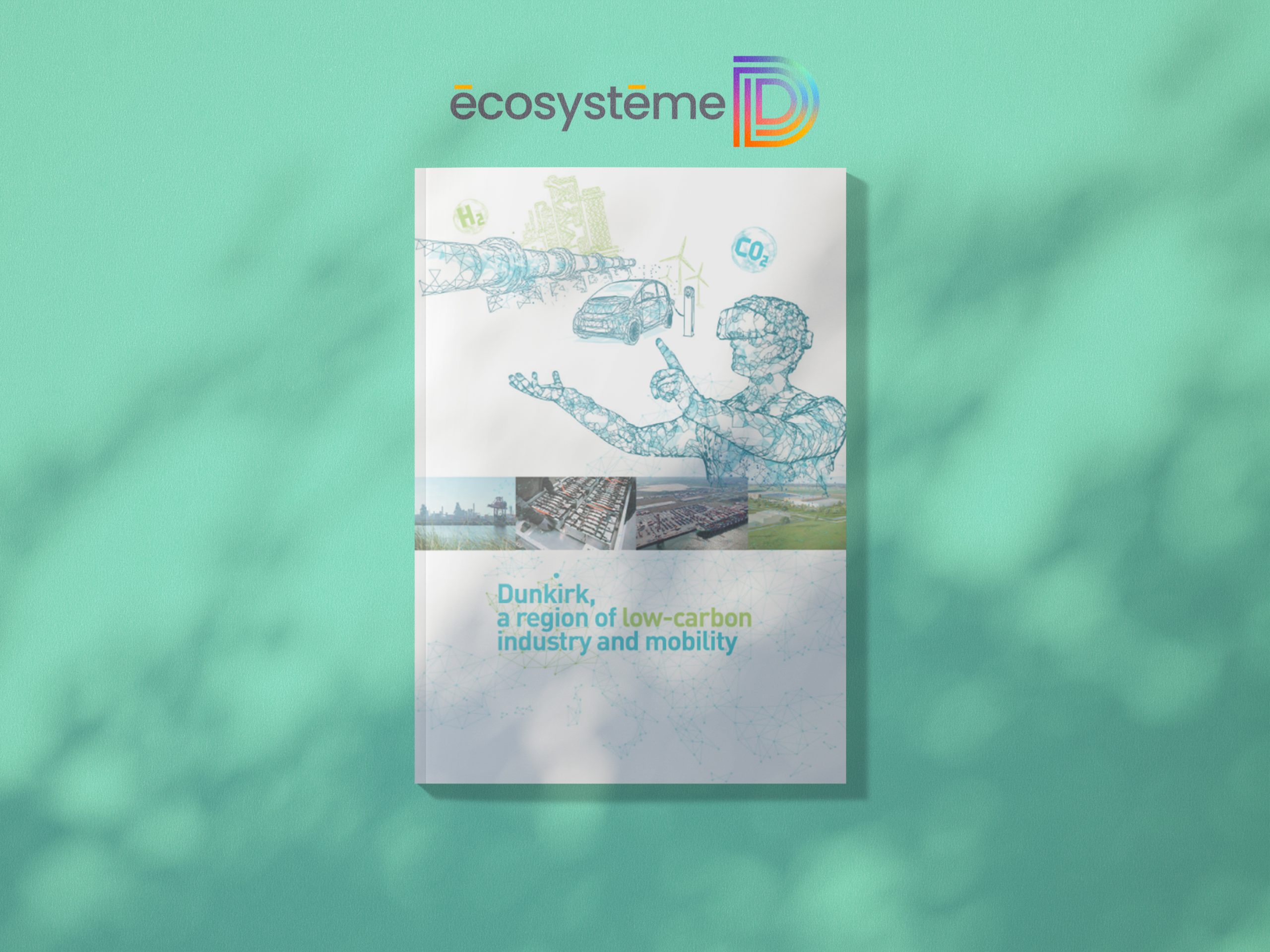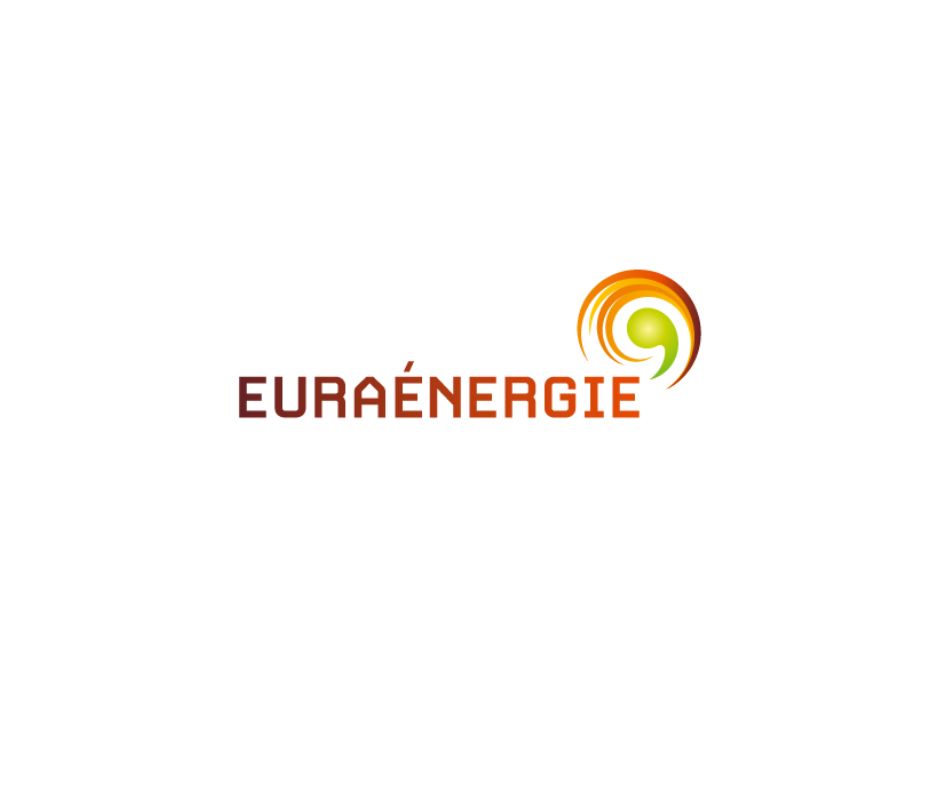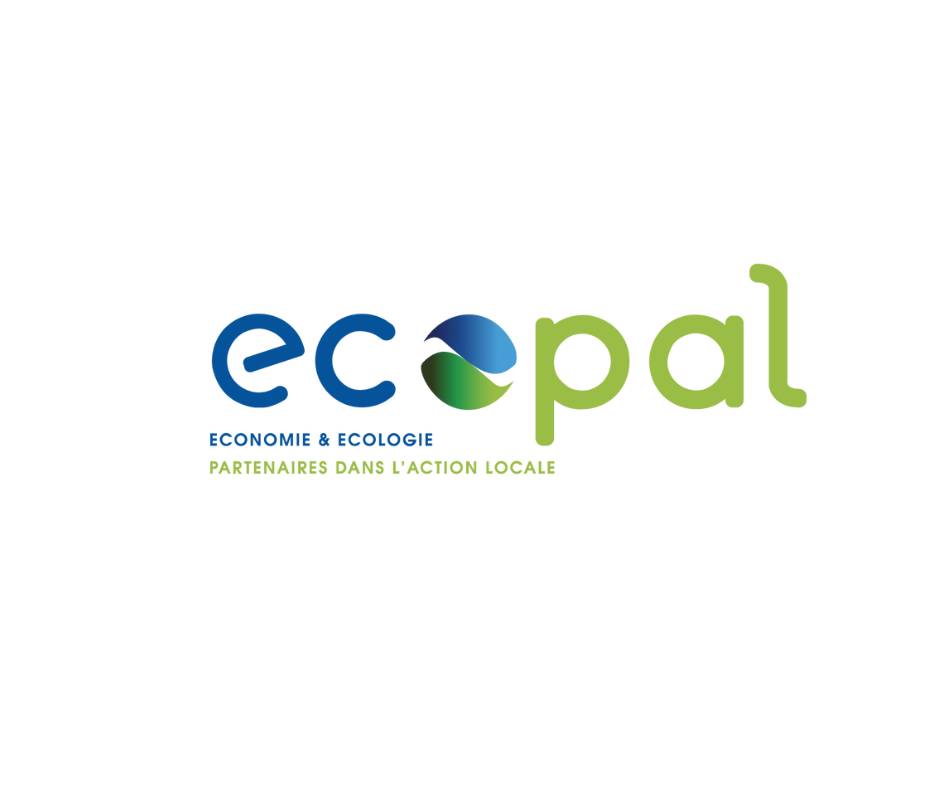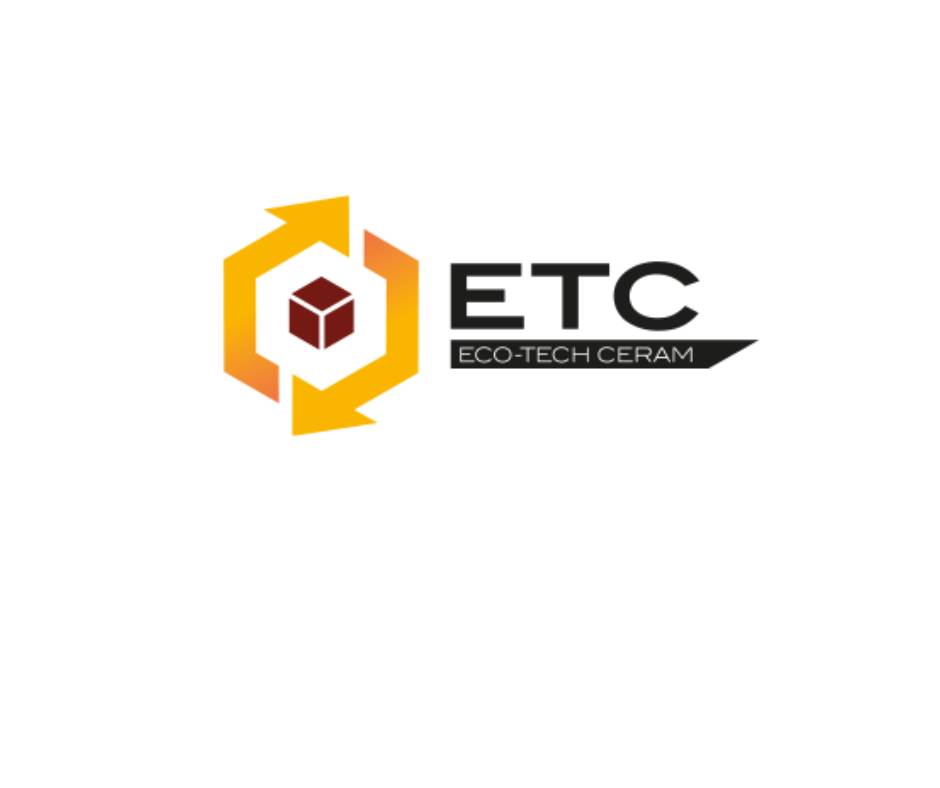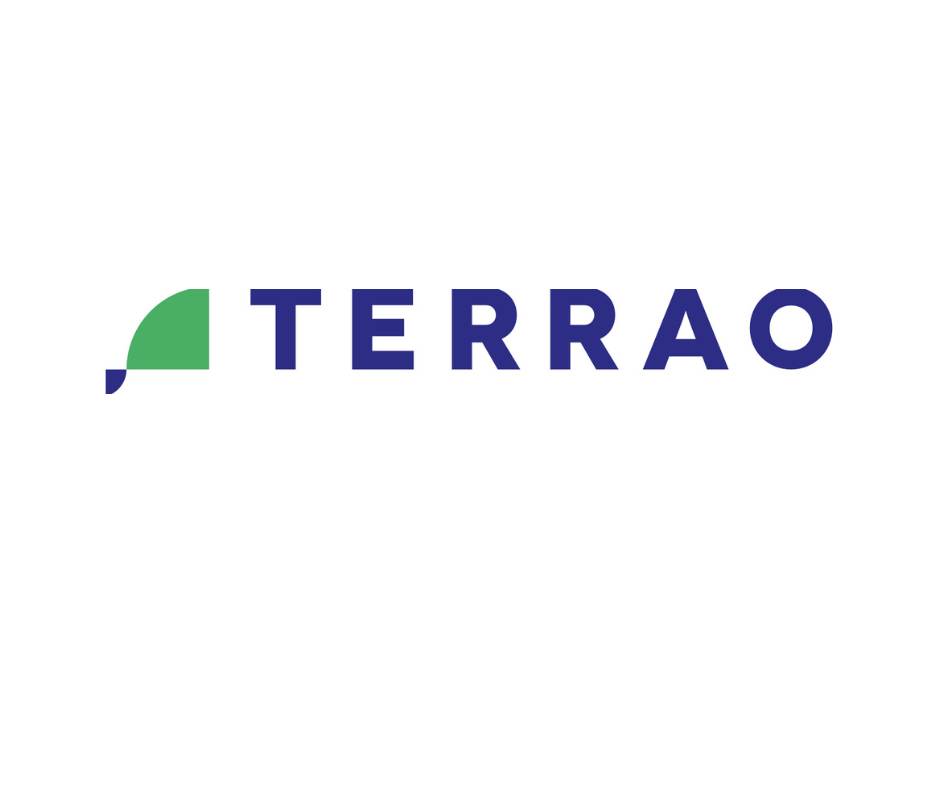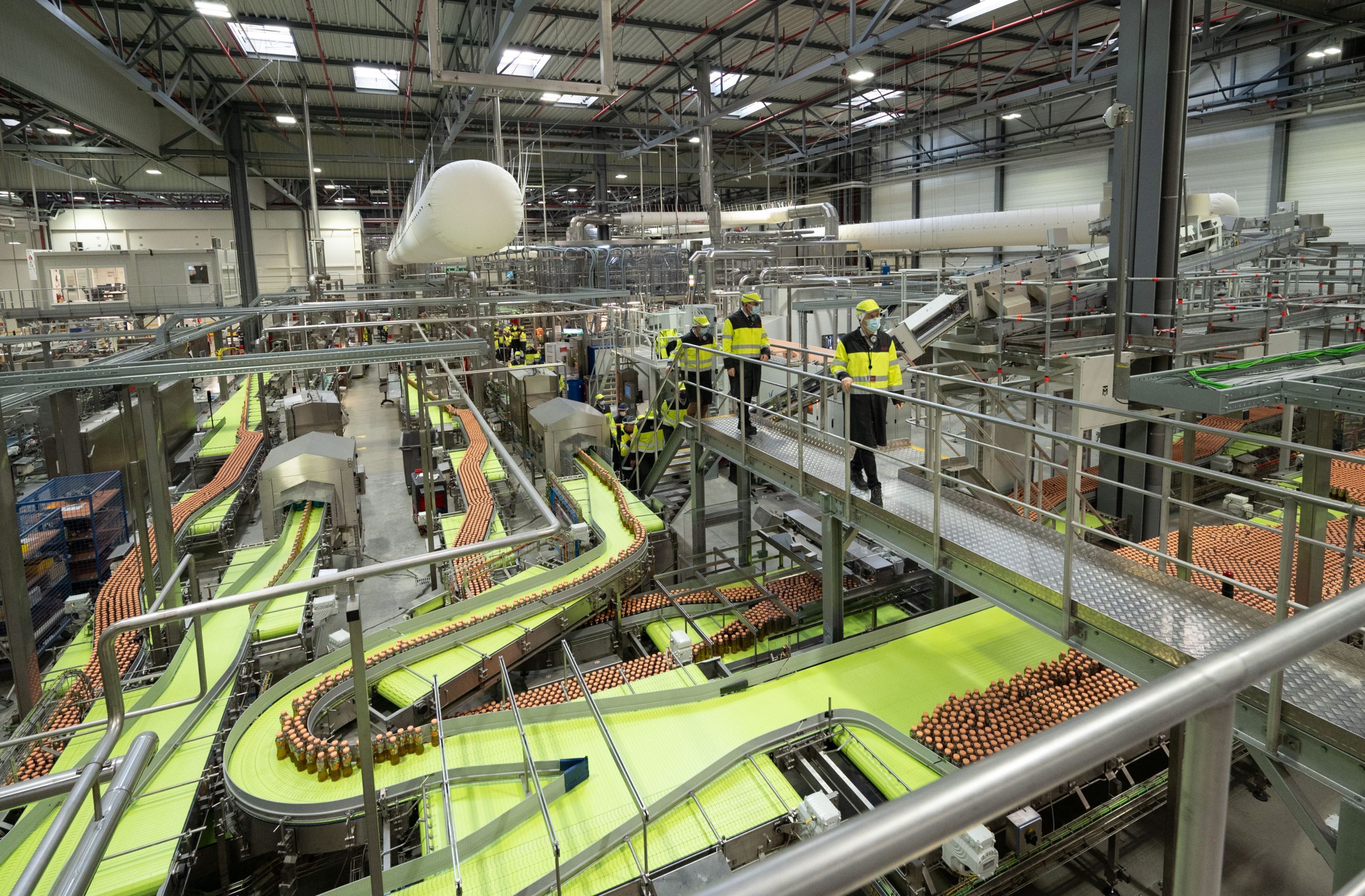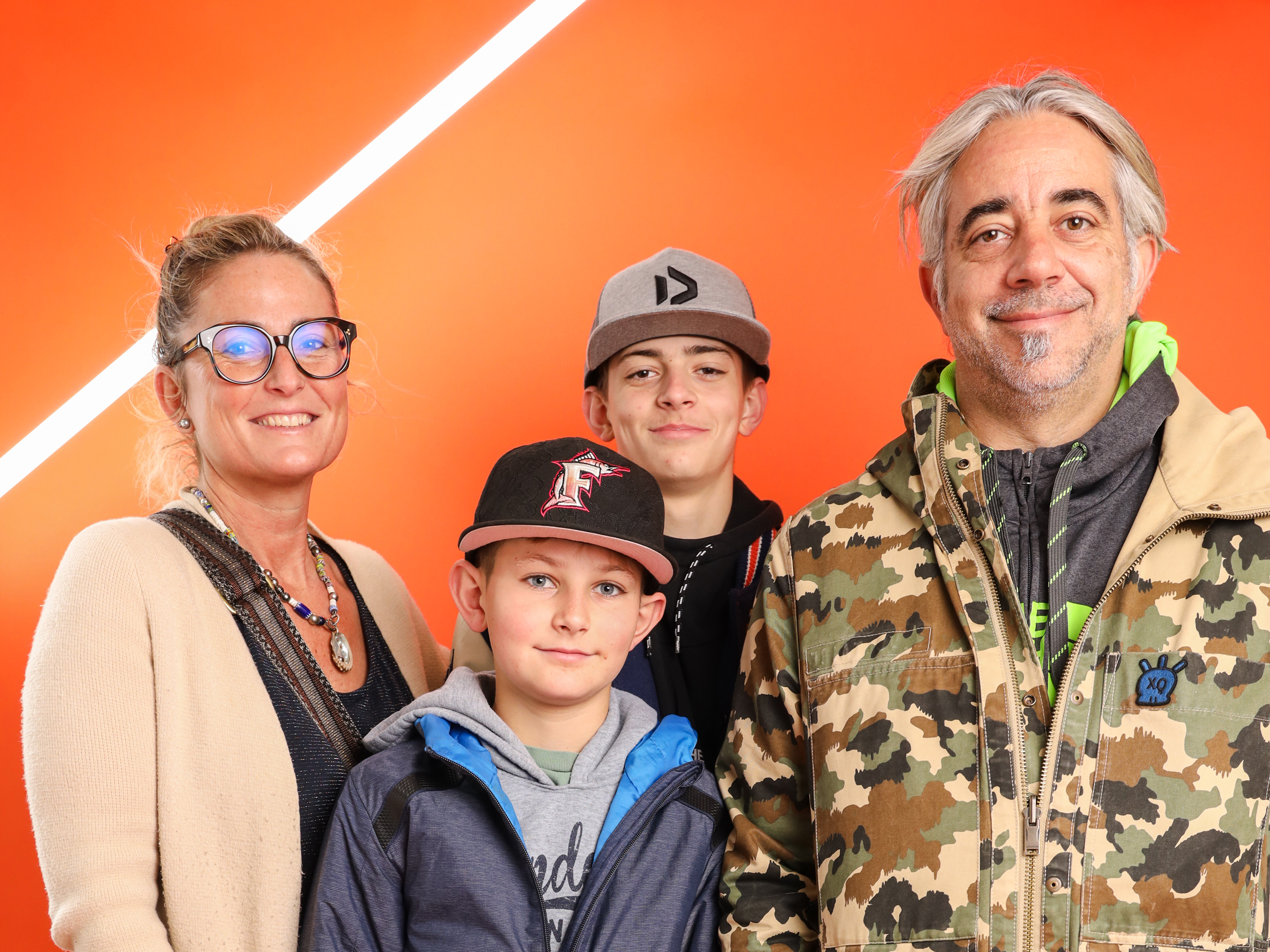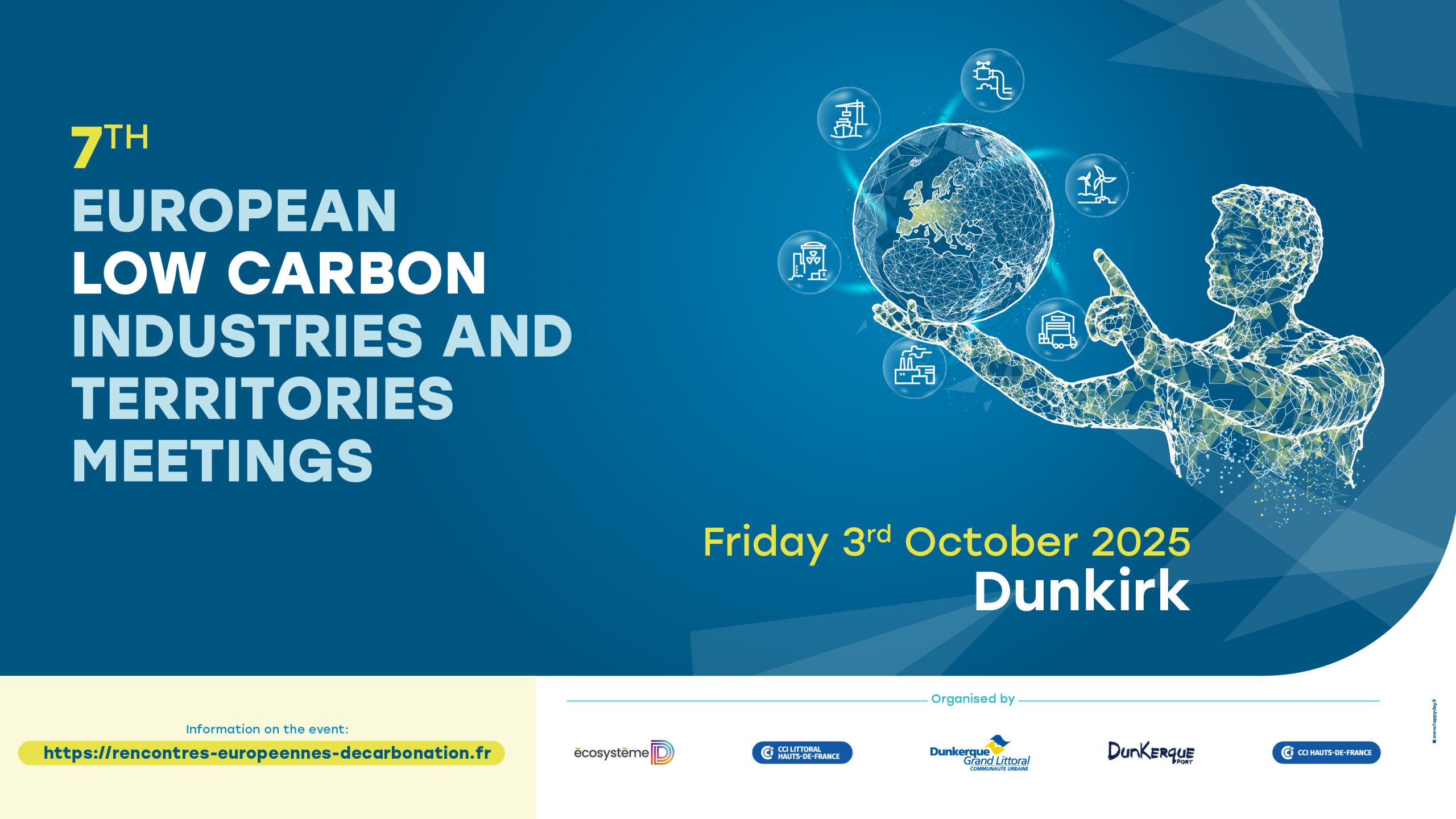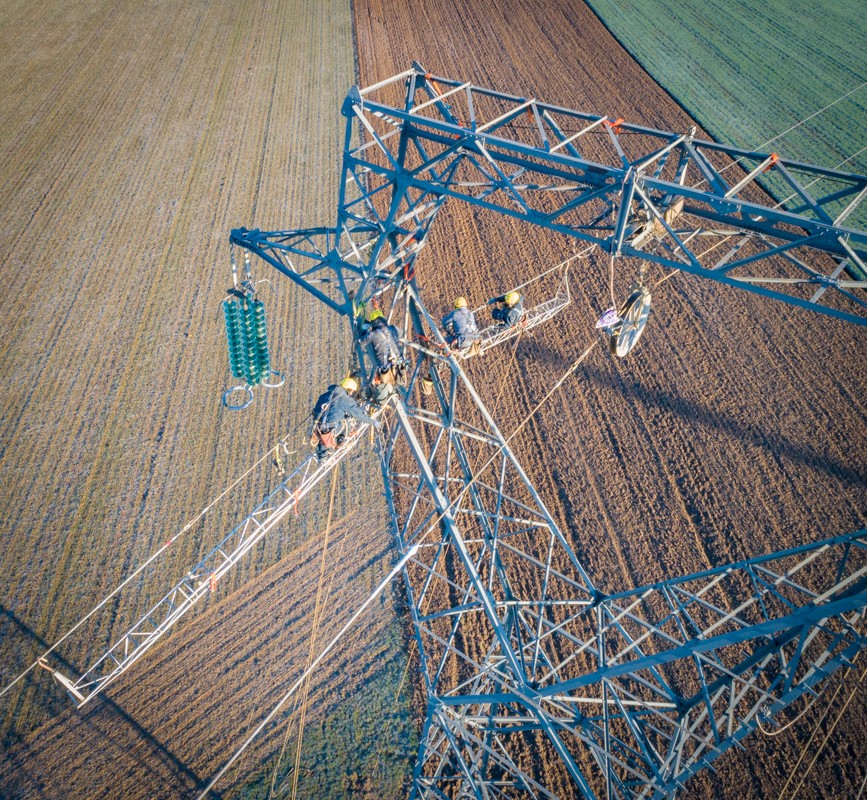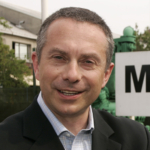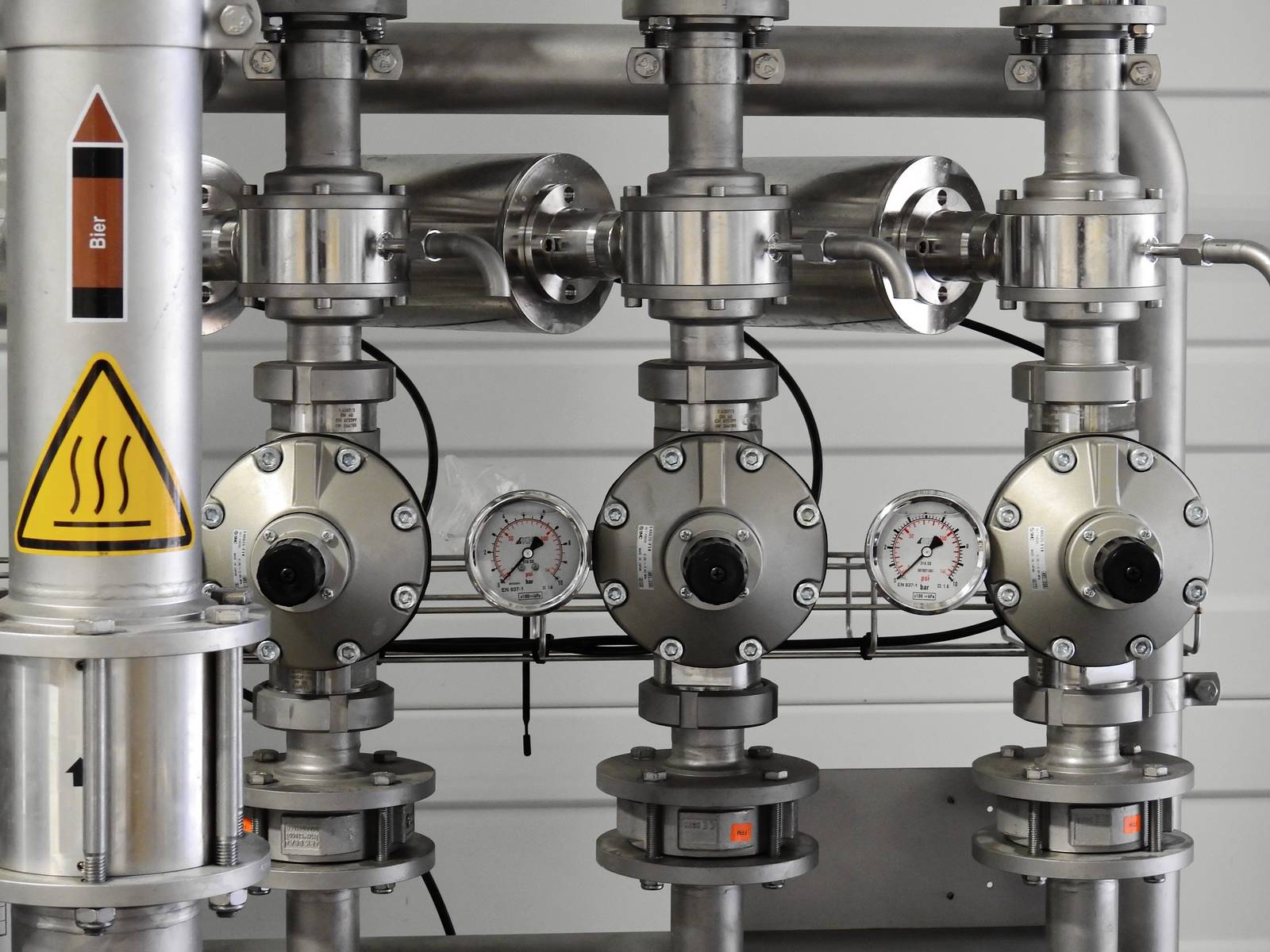
Fatal heat, a resource to be valued
Industry is responsible for 20% of France’s CO2 emissions.
50% of energy is consumed in the form of heat.
Waste heat resources to be recovered in Dunkirk.
will be accessible through the heat superhighway.

WASTE HEAT IS WORTH THE COST
Many production and transformation processes involve the production of thermal energy that is not used in full. This is called “waste heat”.
It can be used internally to meet the needs of certain companies but it can also be sold to be recovered externally using the heat network. A chance to improve its balance sheet could be really beneficial for a company.
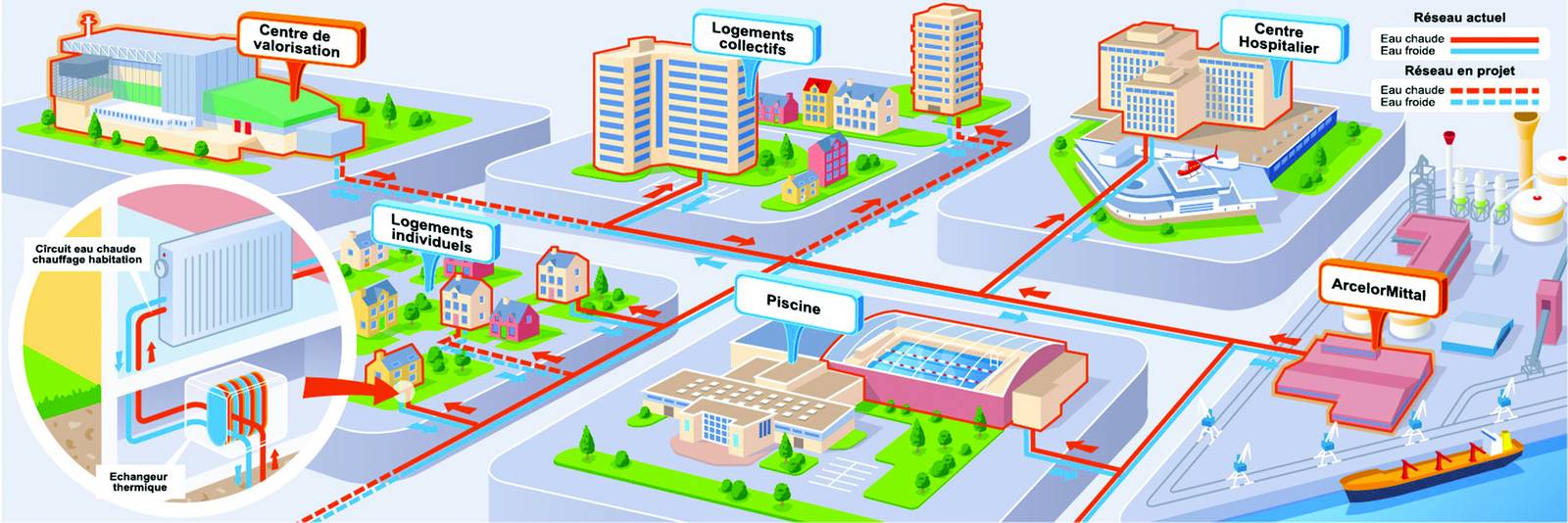
DUNKIRK HAS ONE OF THE MOST IMPORTANT URBAN HEAT NETWORKS IN FRANCE
Still in development thanks to the support of new industrialists, it will soon help us to heat more facilities and housing units (another 12,000 will soon be added to the current 16,000)!

Discover district heating networks
What is a district heating network?
A district heating network is a system that heats several buildings by distributing locally produced heat, often from renewable or recovered energy sources.
It consists of three main components:
- A heat production unit, which generates the heat used in the network.
- A network of pipes, which transports a hot fluid (often water) from the production unit to the buildings, then returns the cooled fluid to be reheated.
- Substations, located in each building, which transfer the heat to the building’s internal heating system, while measuring the amount of energy used.
Heat networks are mainly developed in urban areas, as they are only cost-effective when there are many buildings close to each other with significant heating requirements. This is also known as district heating.
What energies power this network?
In 2023, 66.5% of district heating networks were powered by renewable and recovered energy. The main sources are:
- Heat recovered from household waste incineration (29%), produced at sites called energy recovery units.
- Biomass (25.5%), mainly wood, but also agricultural residues and organic waste.
- Geothermal energy (5.5%), which uses heat from the subsoil, sometimes at great depths (over 200 metres). Heating networks make it possible to harness this energy source.
Despite this significant share of renewable energies, networks still use gas (35.5% in 2021), mainly as a supplement during peak consumption periods or when renewable sources are insufficient. This share is gradually decreasing.
Who should I contact for support?
Before connecting to a district heating network, it is important to insulate your home to avoid oversizing the heating system.
Two services can assist you:
- France Rénov’: free advice on renovation, financial assistance, RGE-certified tradespeople, and personalised support.
- France Chaleur Urbaine: allows you to check if there is a network near you and contact the operator for a quote.
Only network operators can carry out a feasibility study and offer a connection.
Financial assistance
Connecting to a district heating network may entitle you to several financial incentives, particularly if the building is replacing a polluting heating system or undergoing comprehensive energy renovation.
‘Heating for residential and commercial buildings’ subsidy:
Subsidy for replacing coal, oil or gas heating with a connection to a district heating network that mainly uses renewable energy:
Reserved for buildings over 2 years old.
The amount varies depending on the operator, so it is advisable to compare several offers.
Grant valid for quotes signed until 31 December 2025.
💡 Simulator available on France Chaleur Urbaines
The parties responsible for the networks.
Heating networks are mainly created and managed by local authorities (municipalities, inter-municipal authorities), which provide a public district heating service.
Who manages these networks?
- The local authority remains responsible for the service, even if it often delegates management to private operators (such as Engie, Dalkia, Idex, Coriance, etc.).
- These operators are responsible for day-to-day operations, under the supervision of the local authority, which ensures compliance with tariffs and the share of renewable energy.
- Some networks are managed directly by the local authority (under public control), if it has the necessary resources.
Where can I find out more?
With so many different players involved, it can be difficult to know who to contact for a connection. The France Chaleur Urbaine service makes this process easier by putting individuals in touch with their nearest network operators.

